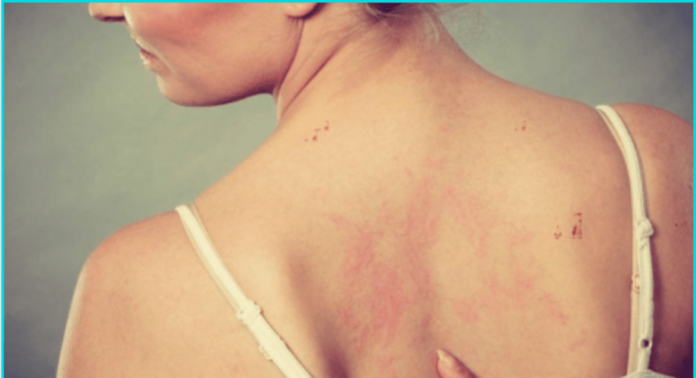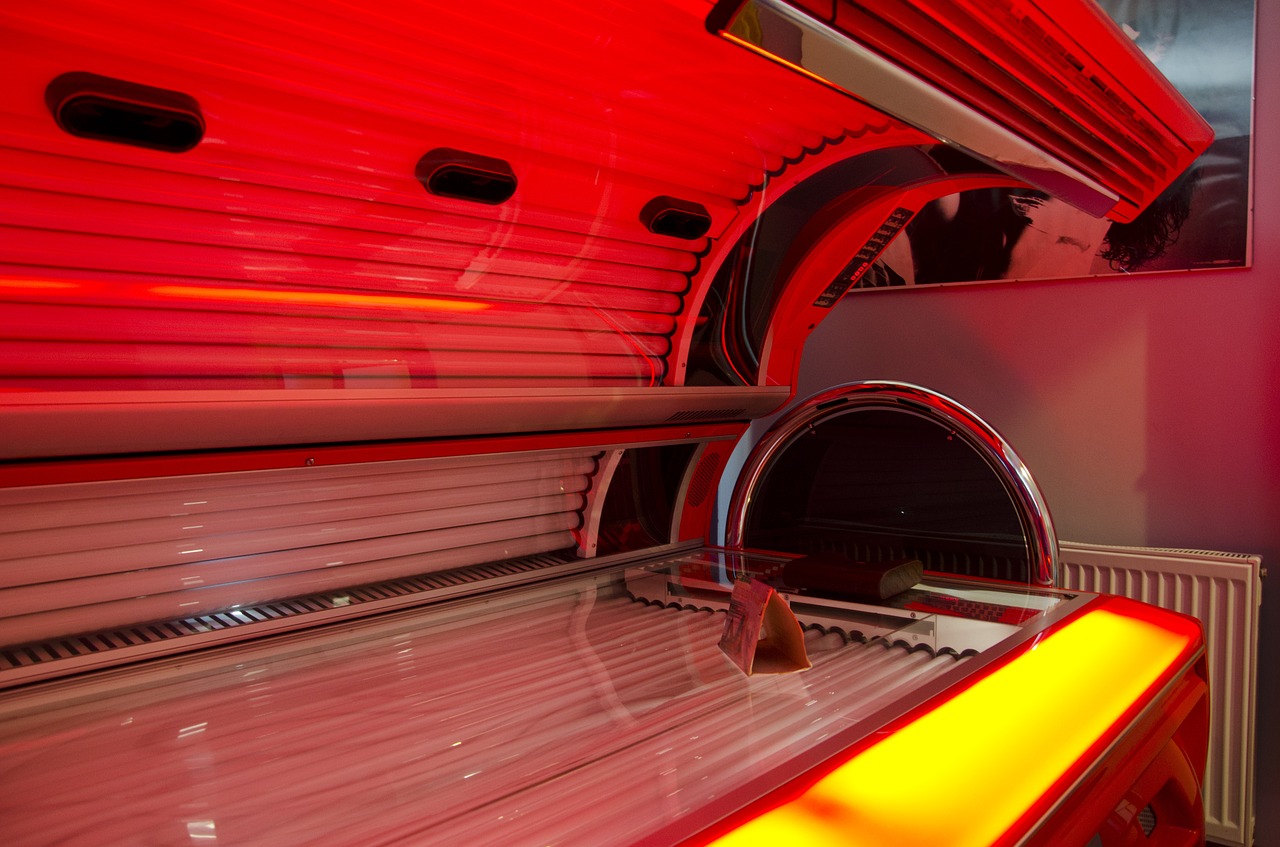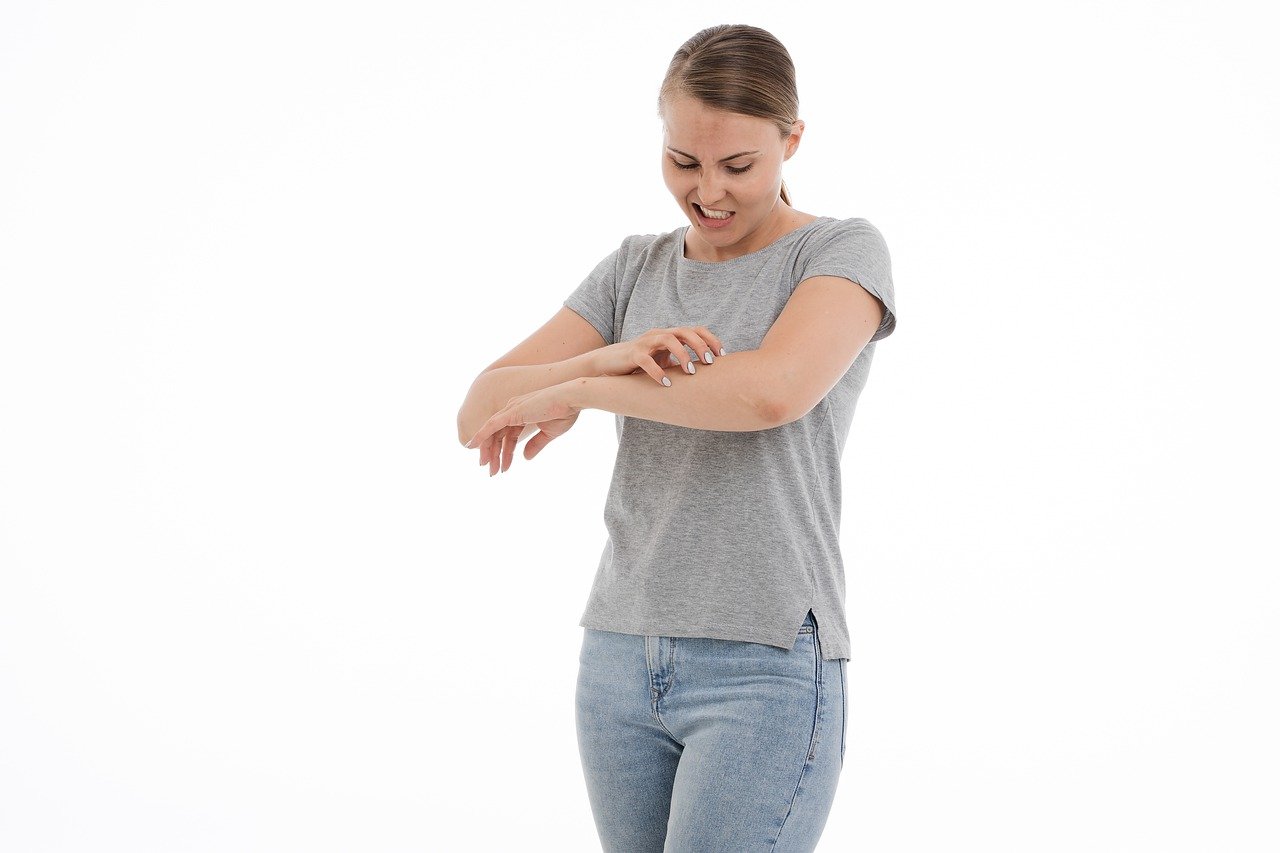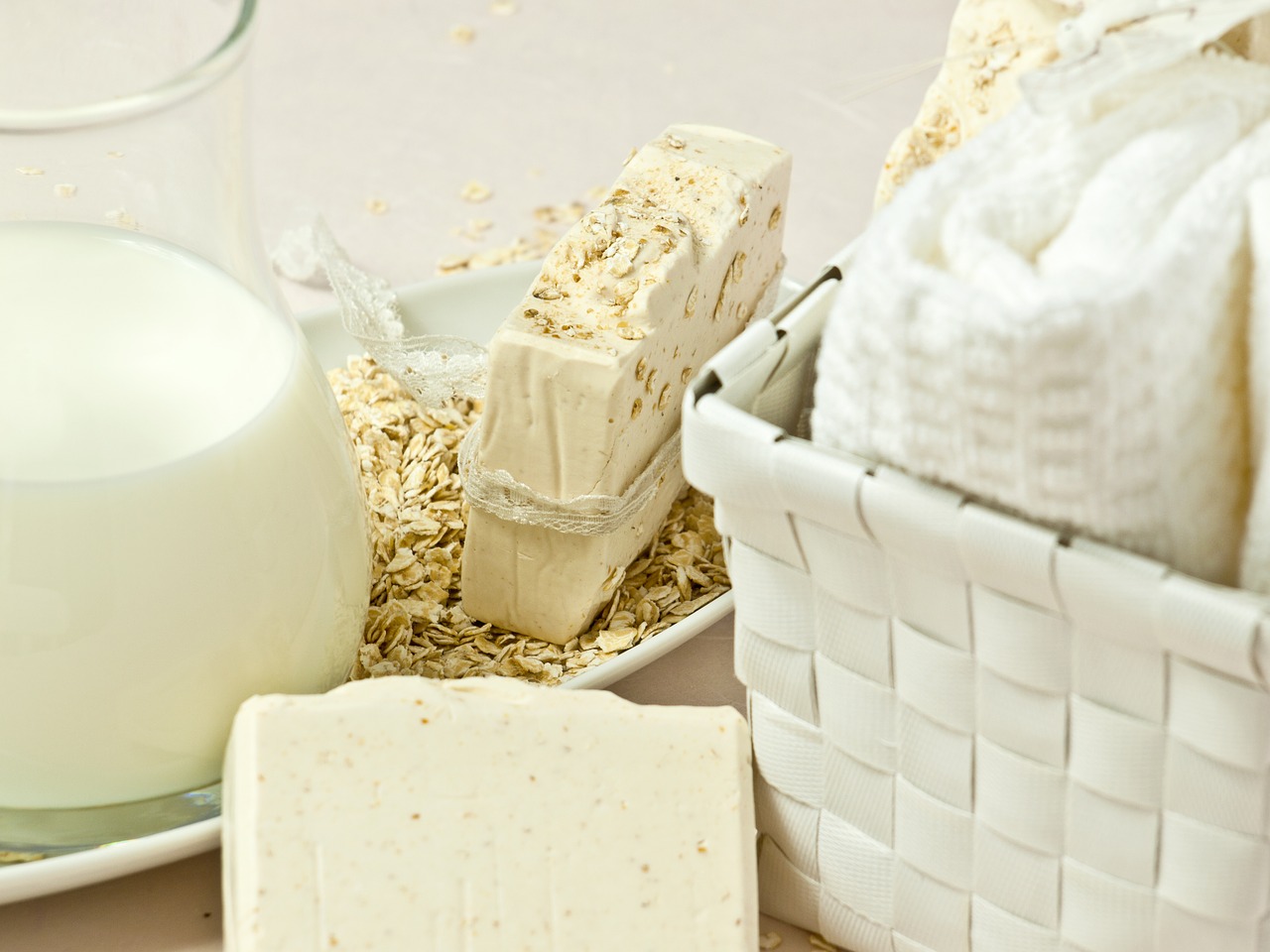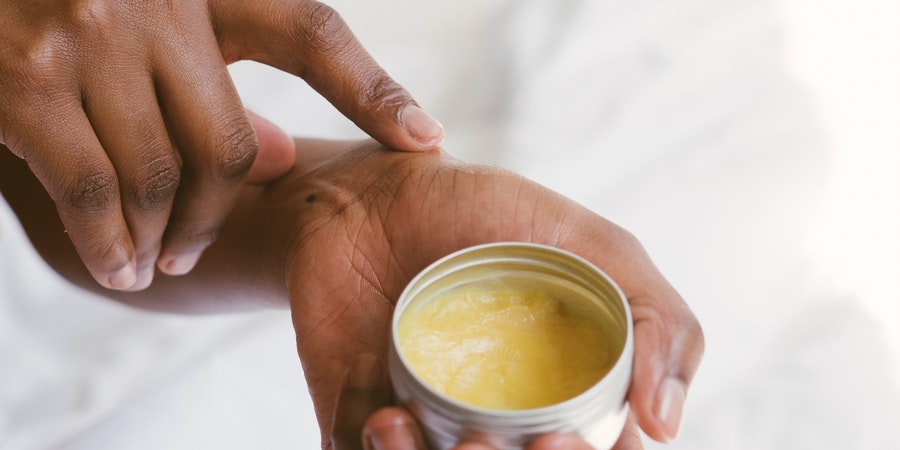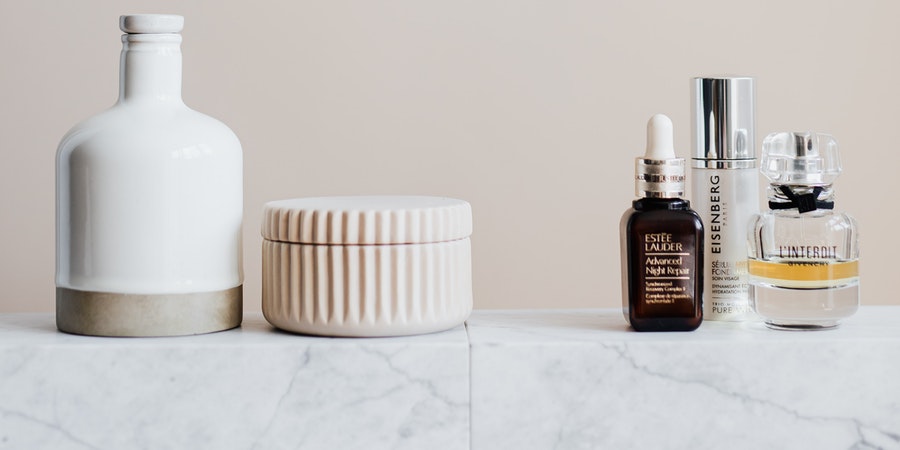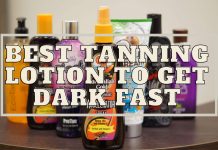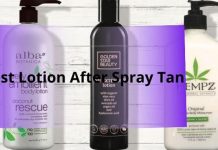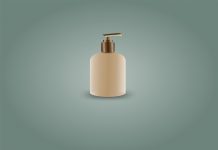Resting in a tanning bed can be quite a pleasant experience it can begin to some unpleasant side effects. Tanning bed rash is patches of dry, itchy skin, bumpy, rough that usually happen after that visiting a tanning bed.
If you are going regularly to the tanning salon, these rashes are very common and, the possibility is high that you will face one at any point in your tanning journey. Do not worry these rashes are typically not dangerous, many factors can contribute to their development.
Today we show in this article how to take a look at tanning bed rash and examine possible prevention and treatment options.
What is a Tanning Bed?
Tanning beds are a well-liked way to achieve the goal of a glowing, sun-drenched look, even in the winter. They’re also usually used in medical places and are often included in the treatment of skin disorders. They’re also used in phototherapy.
Practically all users of indoor tanning beds are knowledgeable that the UV light of a tanning bed has health risks associated with it, most notably melanoma and other skins problem.
What Does Tanning Bed Rash Look Like?
Tanning bed rash cannot show in one format. Most generally, tanning bed rash consists of red splotchy bumps on the skin.
It doesn’t immediately form, but preferably starts with a small red itchy spot, and then gradually spreads out to a larger band across the body.
Usually, these itchy bumps of the tanning bed are found on the knees, back of the legs, back, and stomach.
The main signs of tanning bed rashes are raised in red and inflammation or itching
What causes a tanning bed rash?
There is a kind of different factors that can cause tanning bed bumps. Let’s see at some of the common causes here.
1) Dry Skin
The various frequent cause of a tanning bed rash is dry skin. All that oil-soaked and sweating on the body can let the skin to dry out and can produce those itchy red bumps.
That’s why it’s necessary to regularly moisturize your skin during and after tanning to avoid appearing dehydrated and developing a bad skin rash.
2) Poor Tanning Bed Cleaning
Tanning beds need to be frequently sanitized and cleaned, whether they are in a salon or a home unit, or at a medical. If the tanning bed isn’t properly cleaned, then this will almost surely begin tanning bed rash. This is especially difficult in places where users are expected to clean their beds.
3) Sweat build-up on your skin
In some cases, tanning beds can affect the usual flow of sweat. This causes the sweat to be trapped within your skin layers and this causes an excess build-up that irritates your skin and the result is a heat rash.
4) Allergies
It is very natural for people to sweat while using the bed. This sweat can flow down to the surface of the bed. If the bed is not cleaned constantly, the sweat which swells every time on the bed can dry up after sometimes irritate your skin, causing rashes to appear.
Your rashes could even be a hypersensitive response to the tanning oil or moisturizer you are utilizing while on the bed.
5) Ultraviolet (UV) Overexposure
This is the most usual cause of tanning rash. It put out some UV rays, and they’re not the same mix of rays you get when you sit outside in the sun. Tanning Bed UV bulbs have a distinct mix of UVB rays and UVA rays than what occurs outside and can be much more powerful.
This is so much powerful. Most skin cancer and dermatologist societies do not support unprotected exposure to UV light during the middle of the day at all, but tanning beds can give UV light six times as powerful as that. In those cases, you’ll develop a rash.
6) Heat Rash
Heat rash is different than UV-exposure. It happens when sweat gets confined between layers of the skin, resulting in discomfort and redness.
Some may discover they get heat rash whenever it is hot and they are dynamic, whether or not they are tanning or not. Often the areas where you’re wearing clothing more chances during the tanning session will be the location of the rash.
7) Light Sensitivity Disorder
Light sensitivity disorder appears in a rare occurrence. That means it is extremely unlikely for this to be the reason for your rash except you don’t see any other possible explanation.
LSD is very related to an allergic reaction to UV rays, wherein people can’t even permit small amounts of it.
Now you are familiar with all causes.
How To Treat Tanning Bed Rash
If you discover you have these rashes there are some things you can do to treat them, but if you don’t see any improvement you should visit a dermatologist.
1) Stop tanning and use cold water
If you notice a rash then you do immediate first thing. If you continue to tan, it can make the rash more critical and even cause it to spread to other parts of your body. Rinse the area with warm water and a bar of soft antibacterial soap for sensitive skin and pat dry gently. Avoid rubbing. Also, avoid using hot water as it will cause additional irritation or placing the rash under running water. Don’t tan until the rash goes completely.
2) Use a cold compressor
After you have washed the area fully, then you dry completely. Then apply a cold compress to the affected area and almost leave it on for about 10-20 minutes per session. You can apply the compress as frequently as you feel necessary throughout the healing process.
To obtain the cold compress, add cold water with a soft cloth and keep the cloth on the affected area. You will avoid using any clothes that are very fibrous.
3) Take an Oatmeal Bath
After using a cold compressor fill your bathtub with enough cold water to completely submerge your rash. Add some teacups of oatmeal to the water. Relax in the bath for almost 30-60 minutes. Remind that the water temperature is cool.
You shouldn’t be waving to feel a shock when you get in. In our research, you can repeat this step once a day during the healing process if you would like, however, if you feel any further irritation as a result of the bath or you notice any allergies to oatmeal then please skip this step and this is not suitable for you.
4) Keep the affected area clean and don’t rub
When not applying a cold compress or sitting in the oatmeal bath, then make sure that you are keeping the rash neat and avoid rubbing this area. This should be possible by covering the rash with a soft bandage and by wearing loose clothing.
Wash the area at least twice a day to block bacteria away. This is especially valuable if your any raw skin as a result of flaking or your rash is showing signs of cracking. A good way to bandage a rash is by using pads.
5) Apply an Anti-bacterial Cream
Once you have cleaned the rash that you are working on to keep it moisturized, you can apply an antibacterial cream to the affected area.
A good idea during this step is to apply to the rash before putting the bandage on or apply the cream to the bandage. Using an antibiotic cream is the ideal way to keep the rash moisturized.
6) Take an antihistamine
As your rash heals it’ll become quite itchy or not counting on the explanation for your tanning bed rash. If your rash feels itchy, the simplest remedy is to require an antihistamine to assist relieve the itchy feeling and the other symptoms you’ll experience if your rash is thanks to an allergy. If your rash wasn’t caused by an allergy to a tanning product you used or a cleaning chemical used on the tanning bed, you’ll skip now.
7) Apply a Hypoallergenic Moisturizer for Sensitive Skin
If you have noticed that your rash has started to heal and you don’t see or not feel any cracked skin or open sores, you can go forward and start implementing a hypoallergenic moisturizer for sensitive skin. Use this moisturizer many times per day, depending on the dryness of your rash.
8) Change Your Tanning Products
Once your rash has fully healed, you can continue your tanning regimen however, you may want to check the root cause of your rash so you can work to avoid them going forward. It’s a good approach to switch up your tanning products.
Read More
Home Remedies a rash from a tanning bed
1) Cucumber
This is a very well veggie for its hydrating properties which is the most ideal method of managing dry skin rashes. It will help in healing your rashes and keep your skin cool.
2) Aloe Vera
It is a natural element that is very useful in killing bacteria on your skin and healing it without producing any allergic reaction. It has great advantages for your hair, your skin and it’s also good for acne.
3) Drink plenty of water
Water makes up 70 pc of your body. So the water you drink, the more it helps your skin. Water is good for your health and it is an essential component for living.
It keeps your skin healthy and hydrated, which can help prevent many tanning bad side effects including rashes.
4) Olive oil
If you have dry skin in a rash, then this is the great home remedy for you. Olive oil hydrates the skin, decreasing the rash as well. It can help pretty much every time since dryness is related to any sort of rash.
5) Potato
Make a potato paste and applying it on your skin helps reduce pain and redness caused by minor rashes and sunburn.
6) Yogurt
Yogurt also helps to keep your skin cool and relieve any inflammation and sunburn on your skin. It’s also a good cleanser that helps to eliminate any irritants on your skin. It is also good for pale skin.
7) Baking soda
Adding a couple of spoons of baking soda or cornstarch in your shower can help your pH levels and calm any sort of burn from the sun.
8) Apple Cider Vinegar
You can either apply it to your skin or drink it. Its bits help increase the PH levels in your skin and heal sunburn.
How to get the best tan
- Not use jewelry or makeup and keep away from essential oils or perfumes.
- Use bronzers, tanning lotions, and intensifiers formulated particularly for sunbed tanning.
- Do shower(before & after tanning), shave, and exfoliate.
- Use a lip balm including SPF protection.
How to Prevent Tanning Bed Rash
The first thing in mind to do is to look at the complete cleanliness of the tanning salon you’re going to or the gym. On the off chance that the staff is sufficiently honest to keep the floor space perfect, clean, and coordinated, at that point they’re most likely on top of the tanning bed cleaning also.
Tanning beds should be cleaned thoroughly after each customer goes in, and you should also consider the state of the tanning beds. The tanning beds should be in a position of good repair, and you should be questioning yourself can I put a naked body on it. If you are not satisfied then cannot put on it.
Use sunscreen with an SPF of 15 to shield your skin from overexposure to UVB rays and UVA and sunscreen prevent tanning. Then, after your tanning session is over, you might require to apply 1% hydrocortisone cream or a bit of aloe vera gel to your skin so that you can cool it and comfort it, as well as help prevent a tanning bed rash from developing.
Conclusion
Tanning bed rash generally preventable if you’re careful around your indoor tanning practices. But they will happen even within the most sanitary environments. If you escape during a rash, stop tanning immediately, both indoor and outdoor tanning. Give the skin a couple of days to recover, and with luck, the tanning bed rash will get away on its own. you’ll then cautiously resume your tanning sessions.
If you notice a rash a couple of days after your tanning session, it’s advisable to go to a skin specialist to rule out anything serious.

